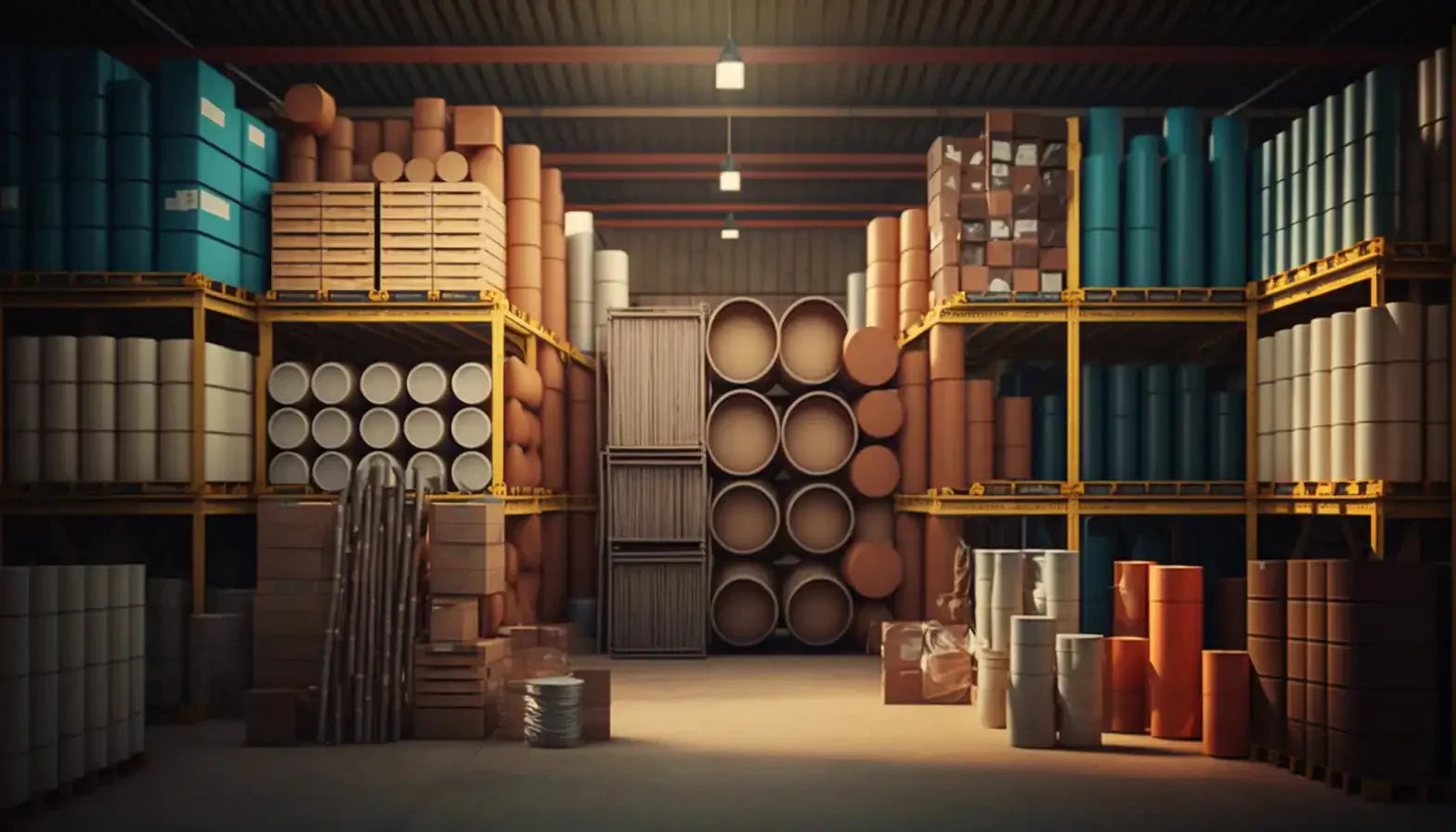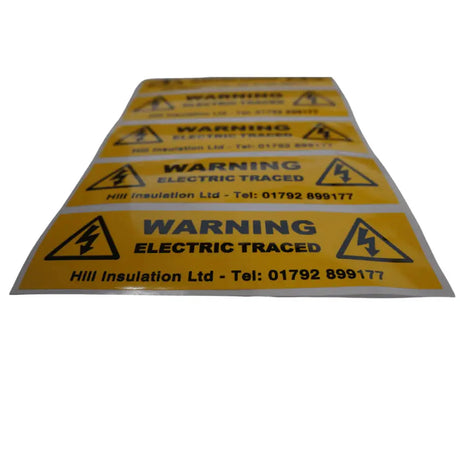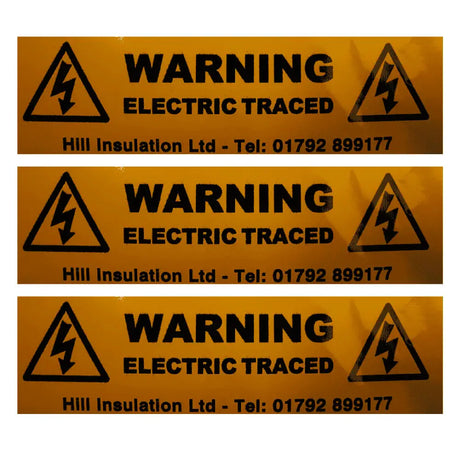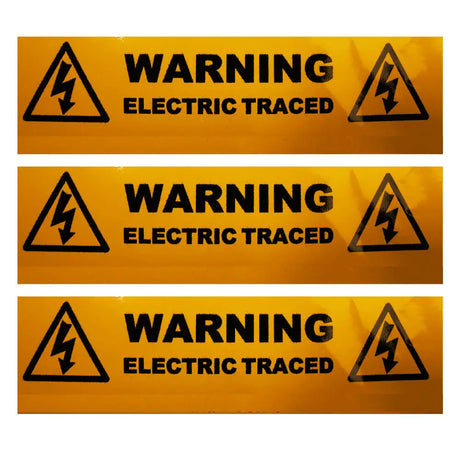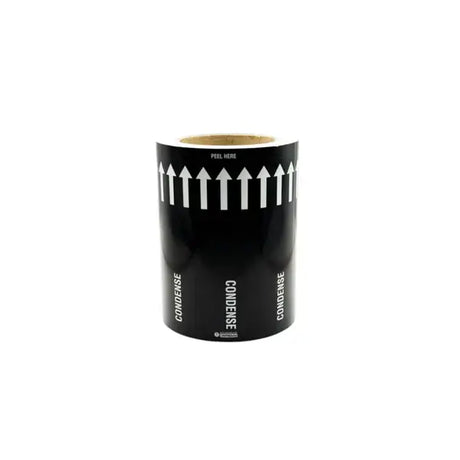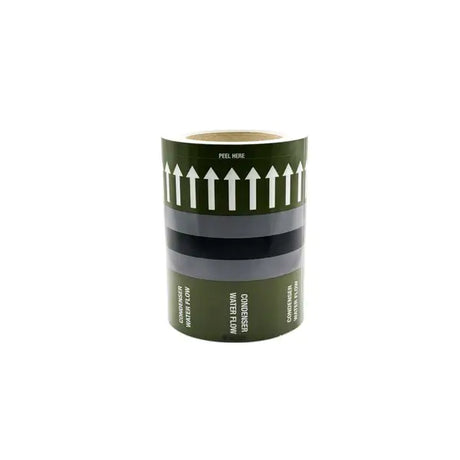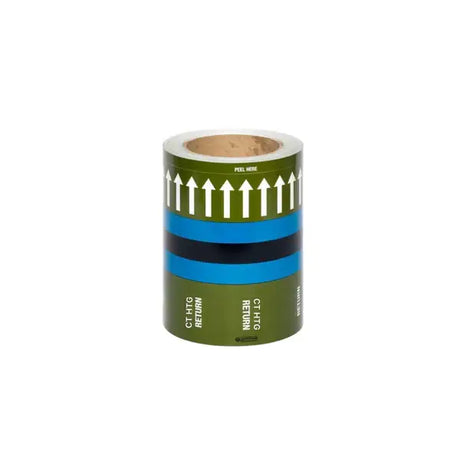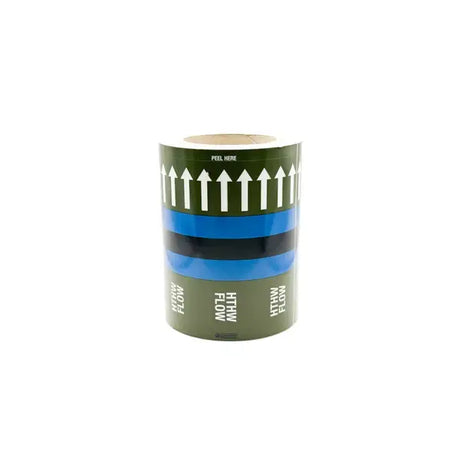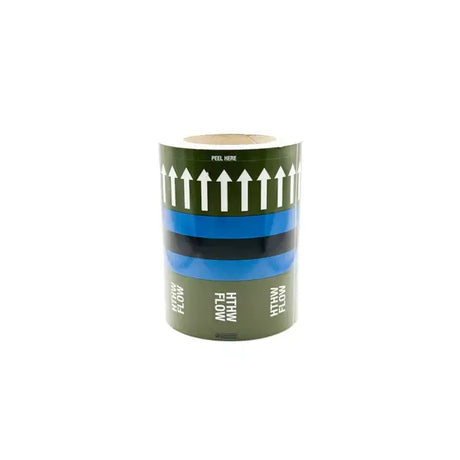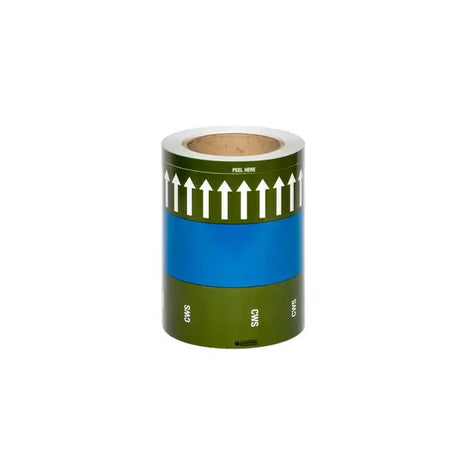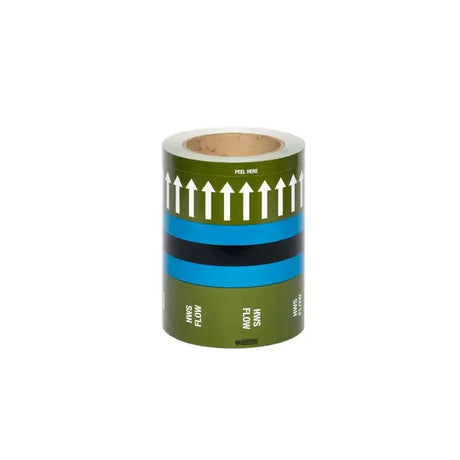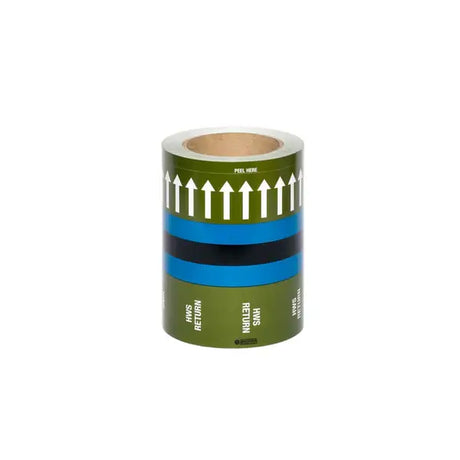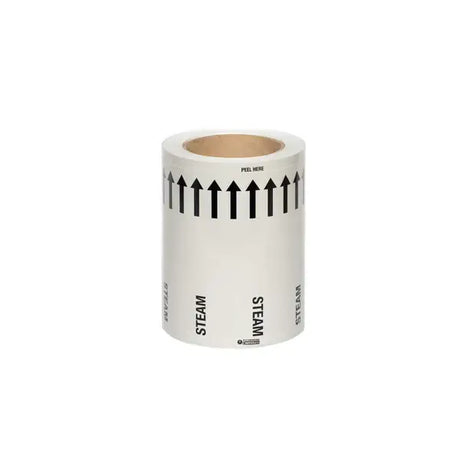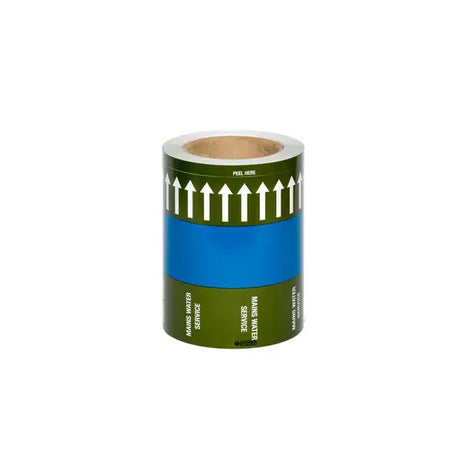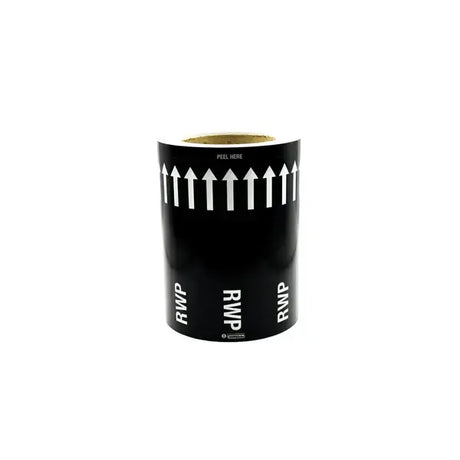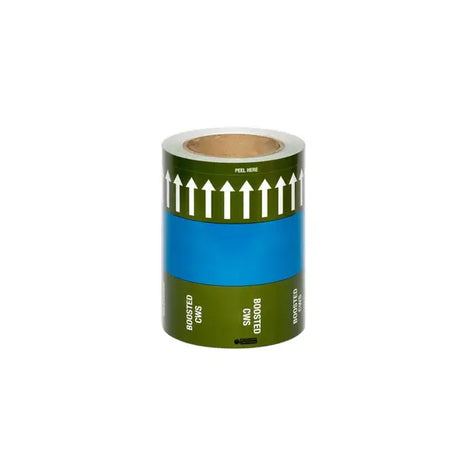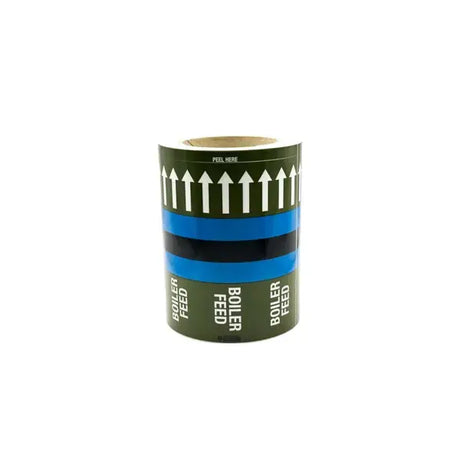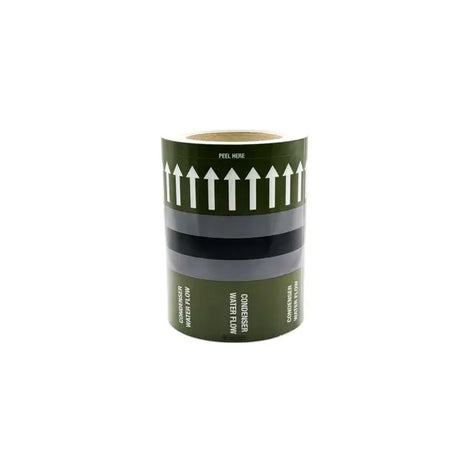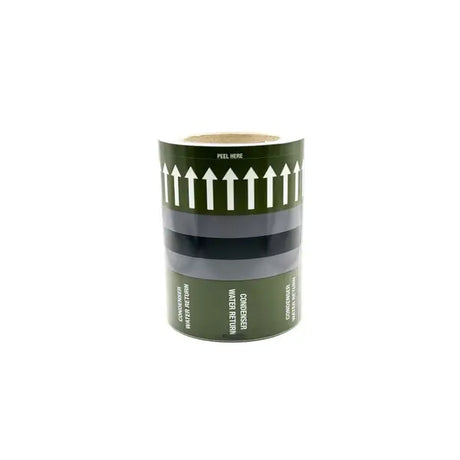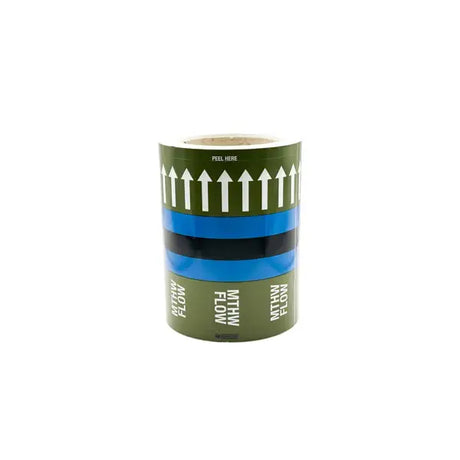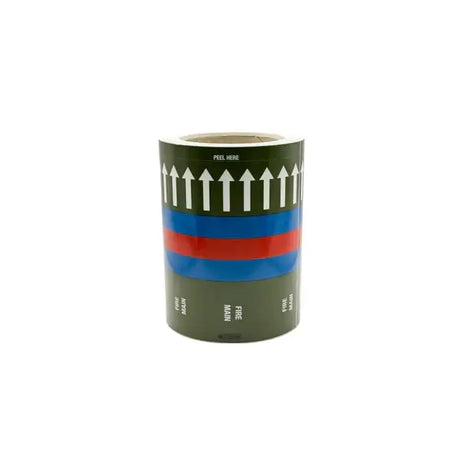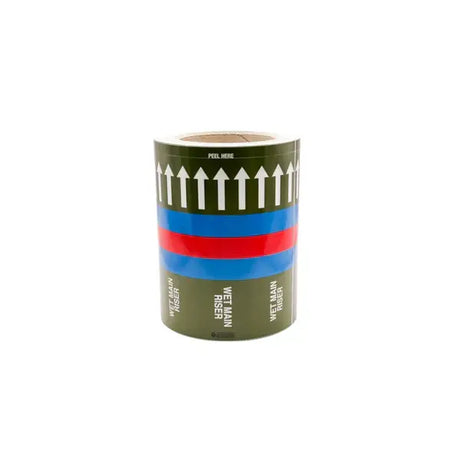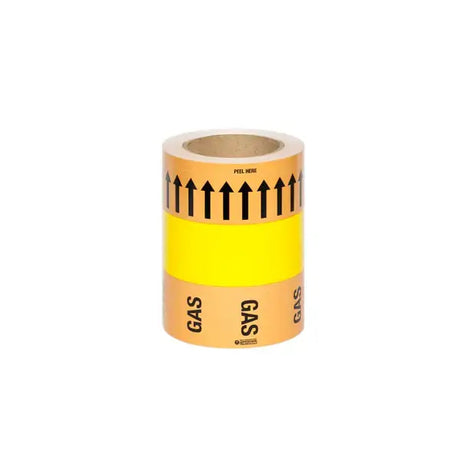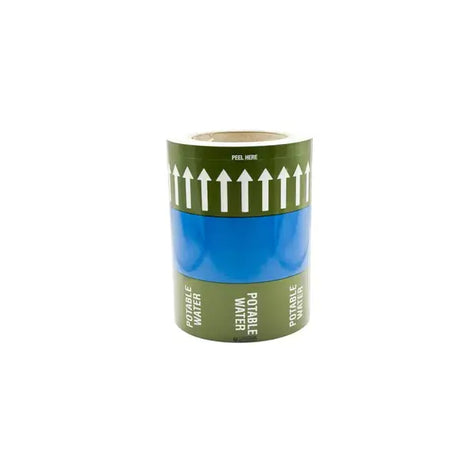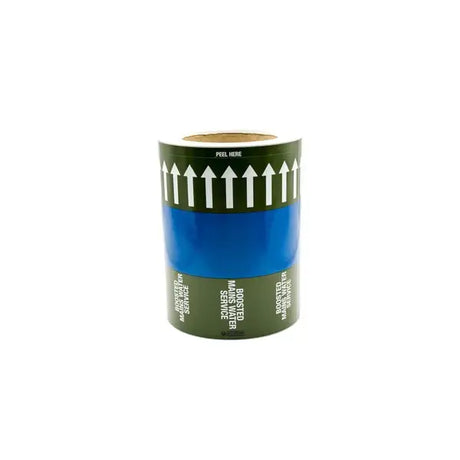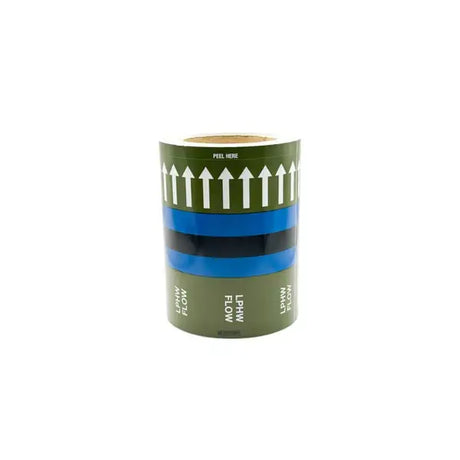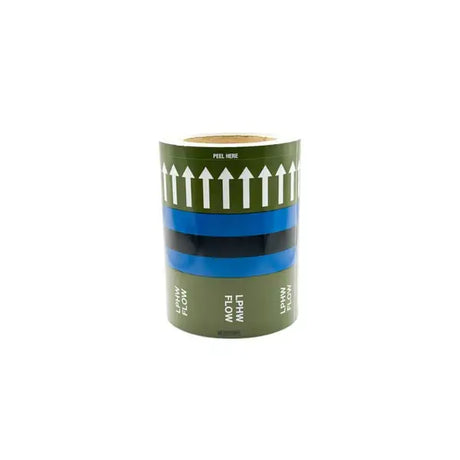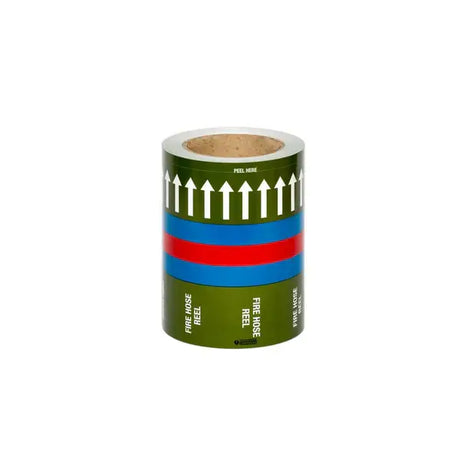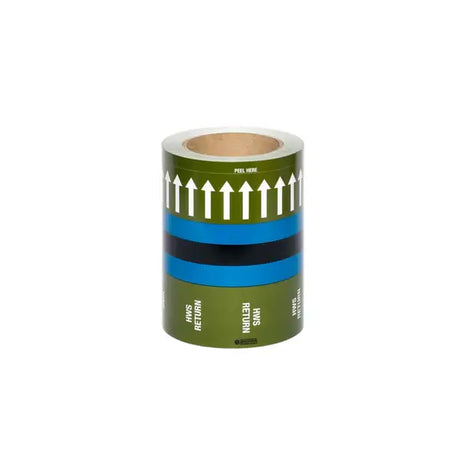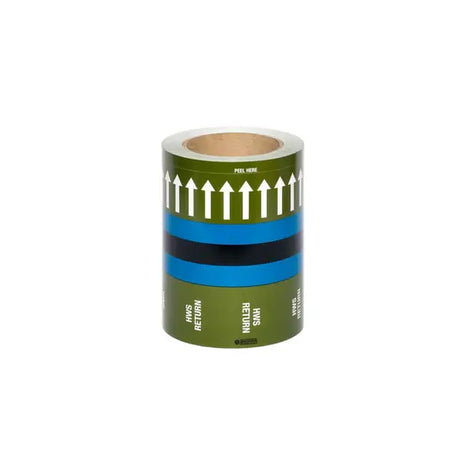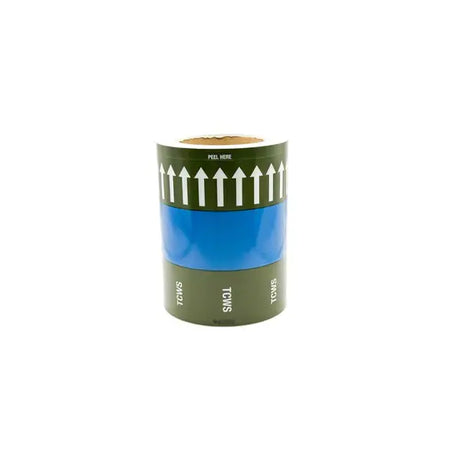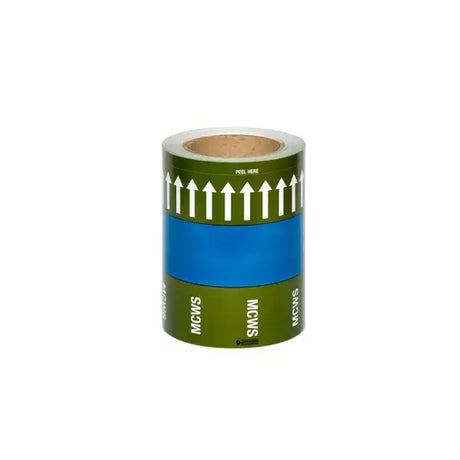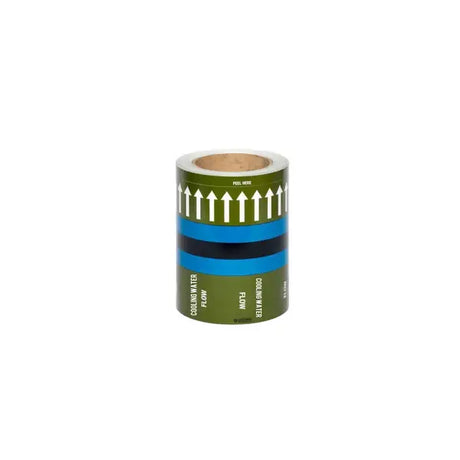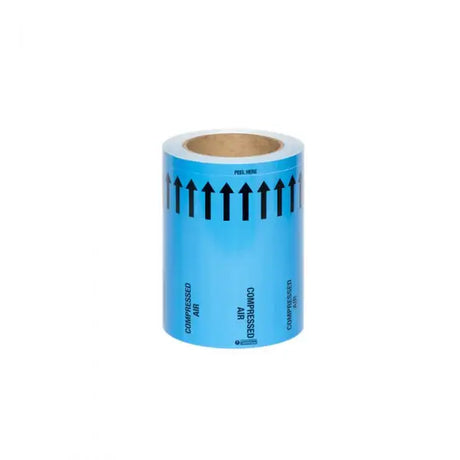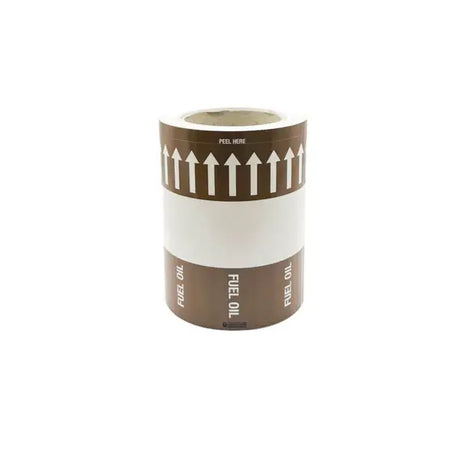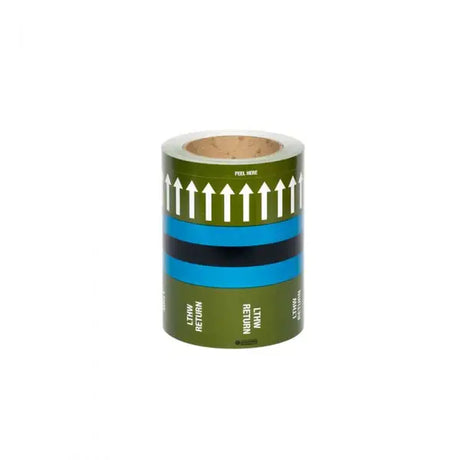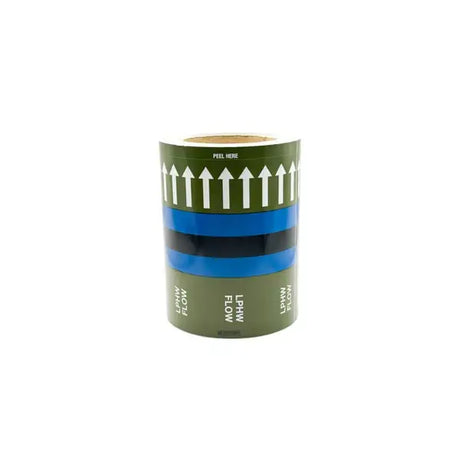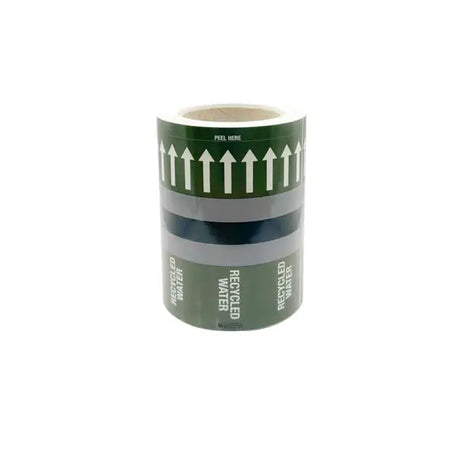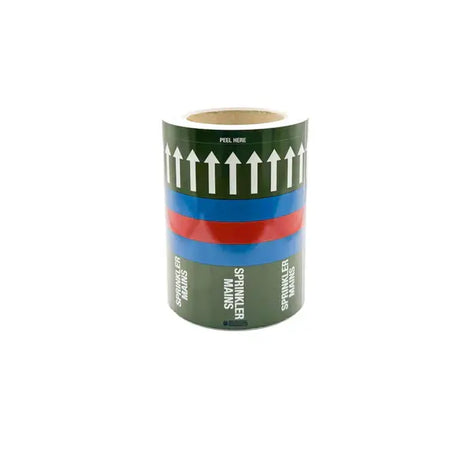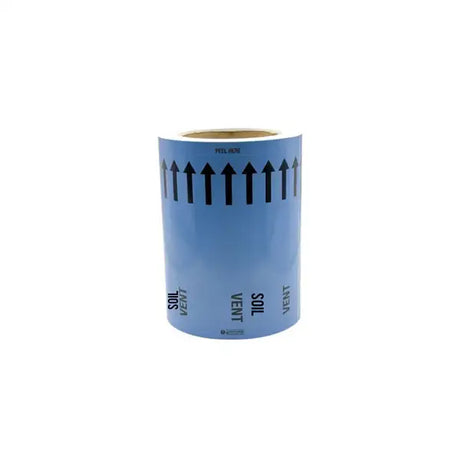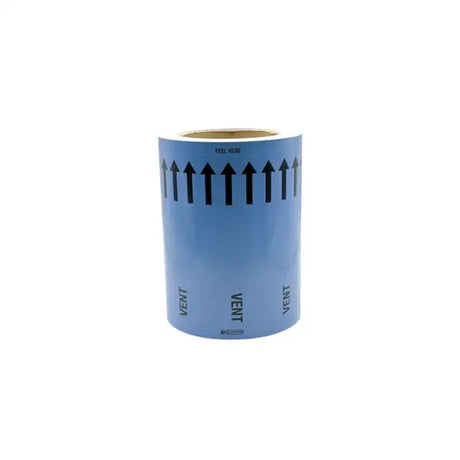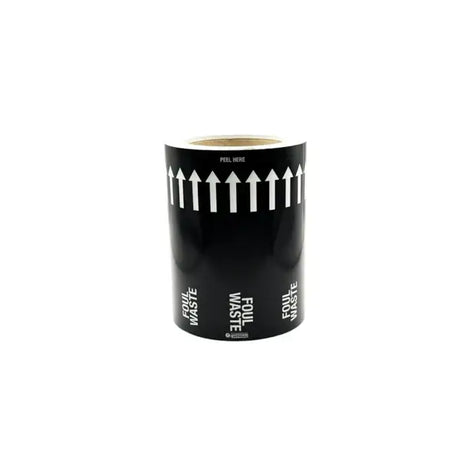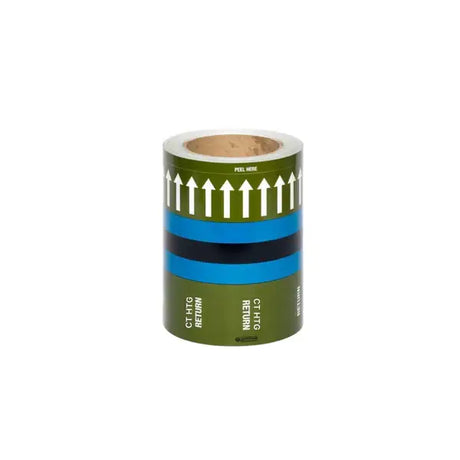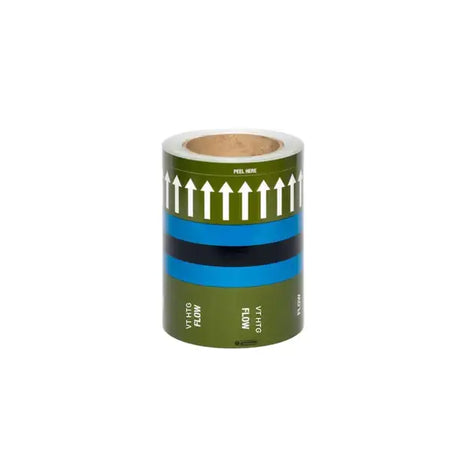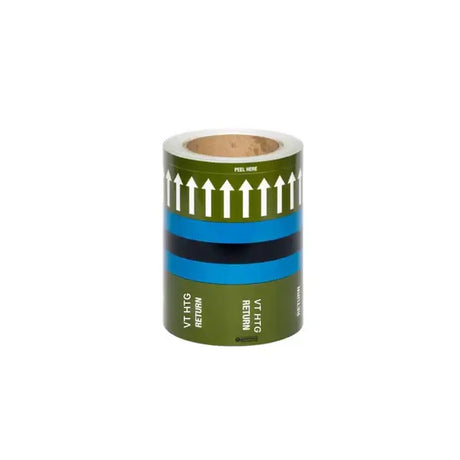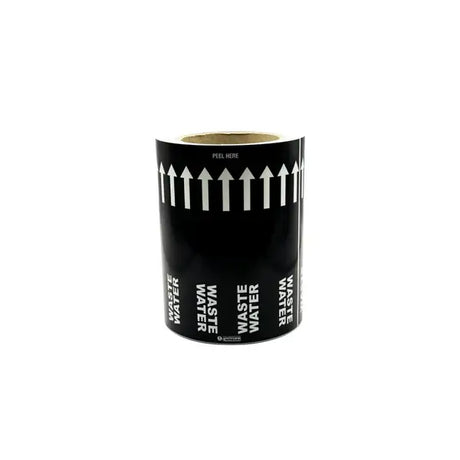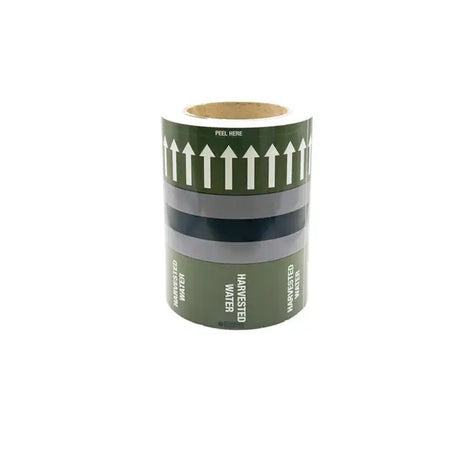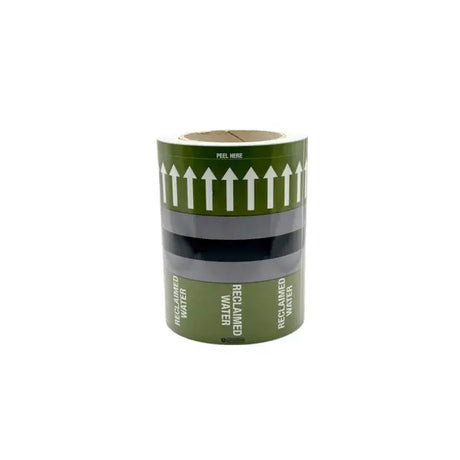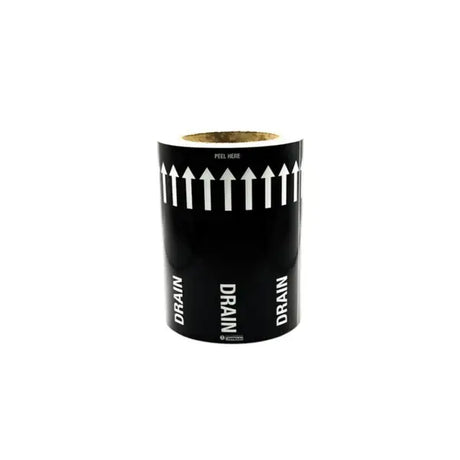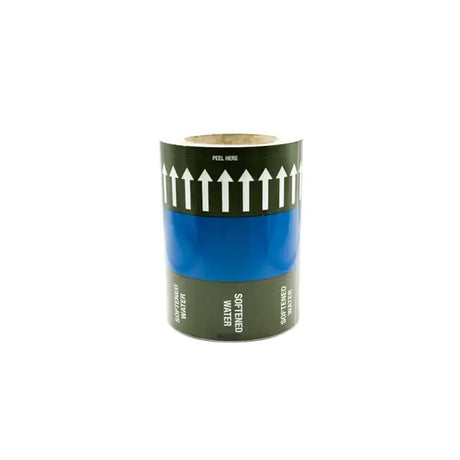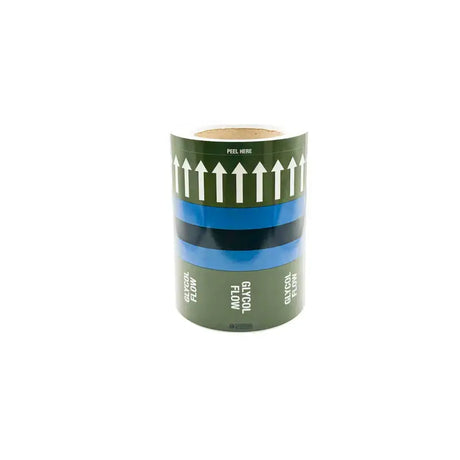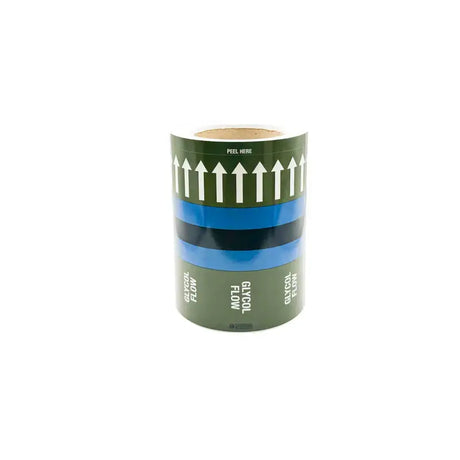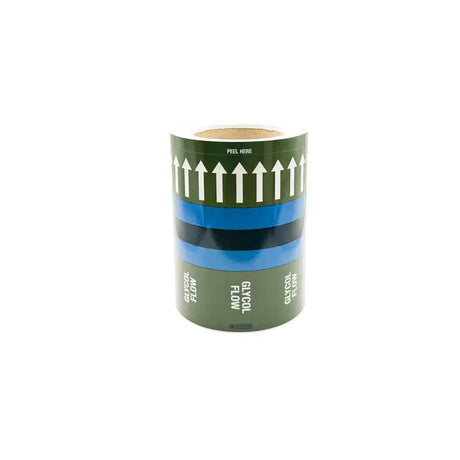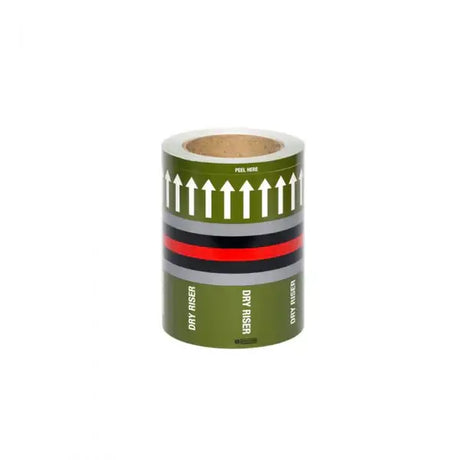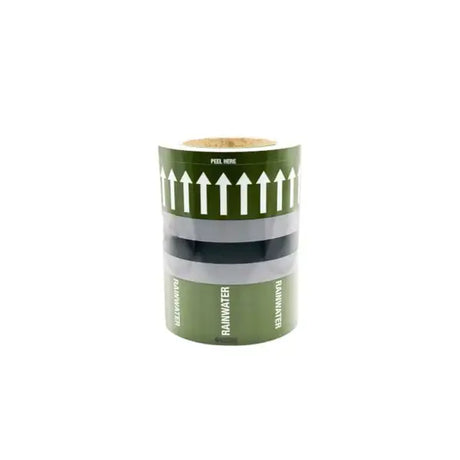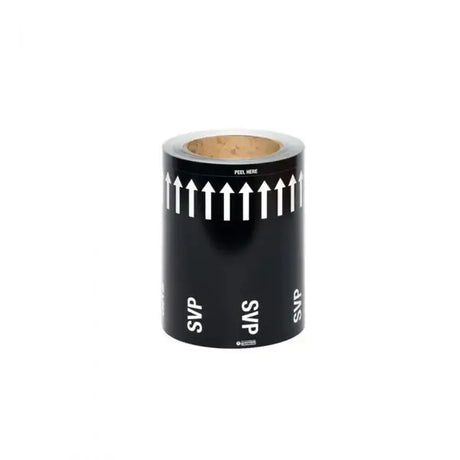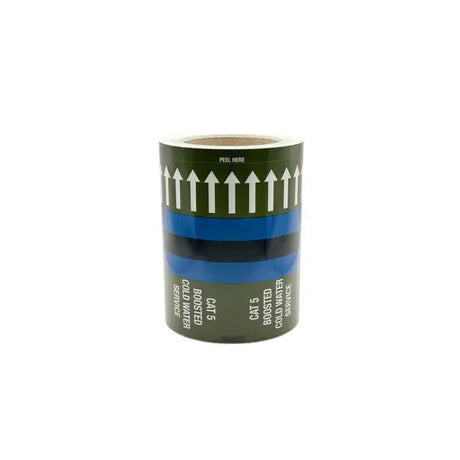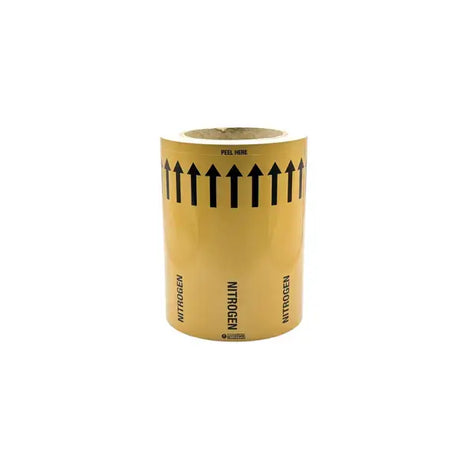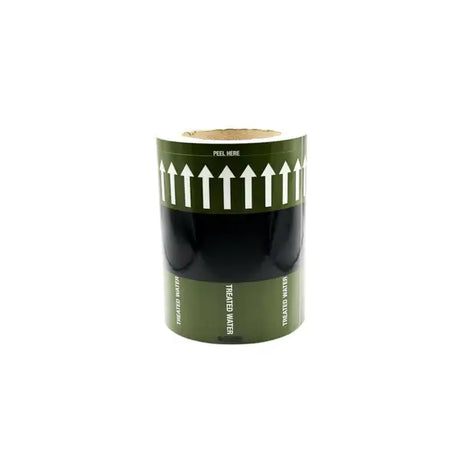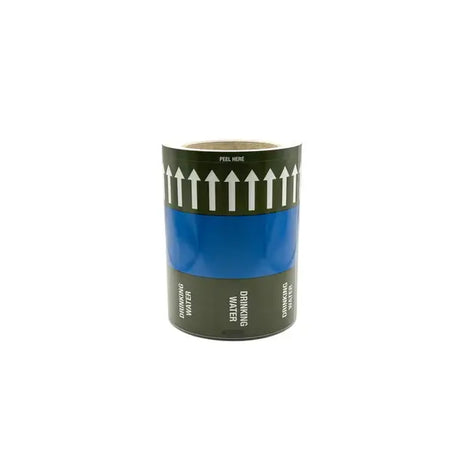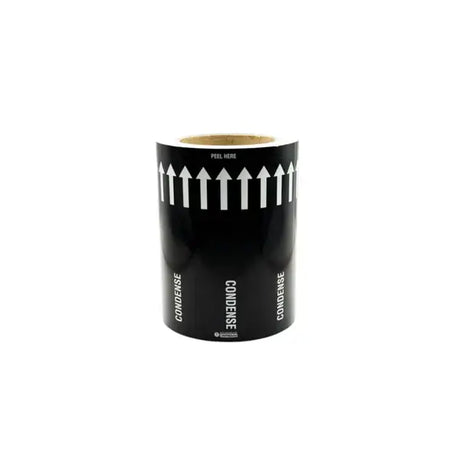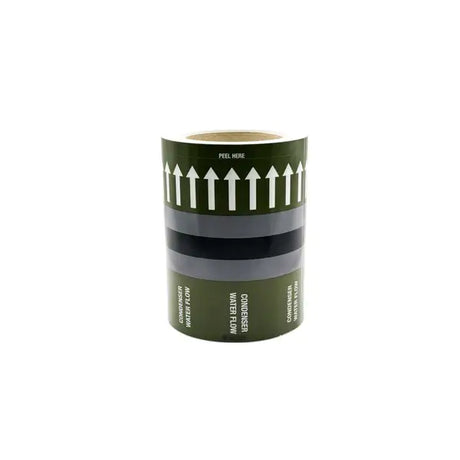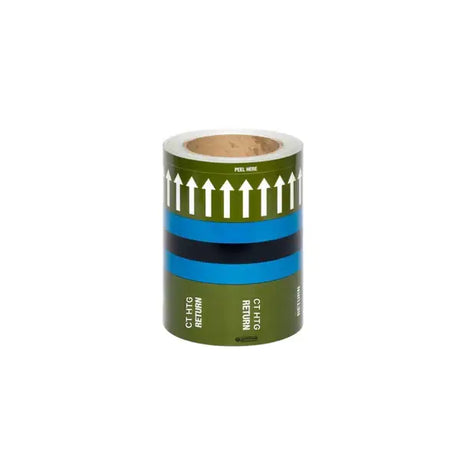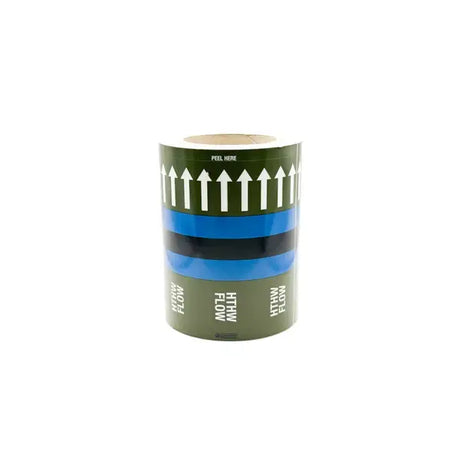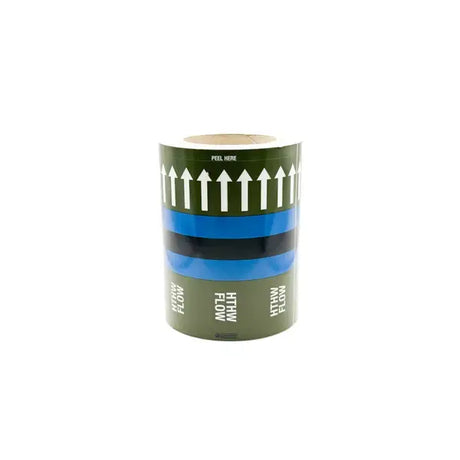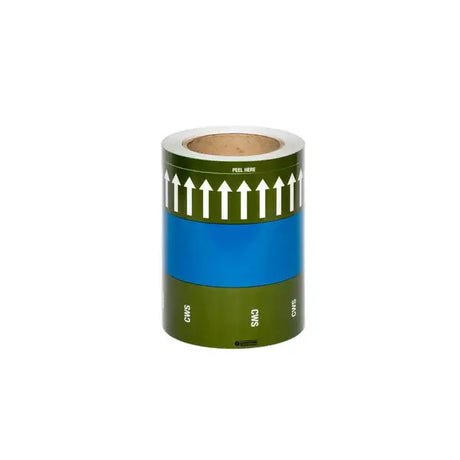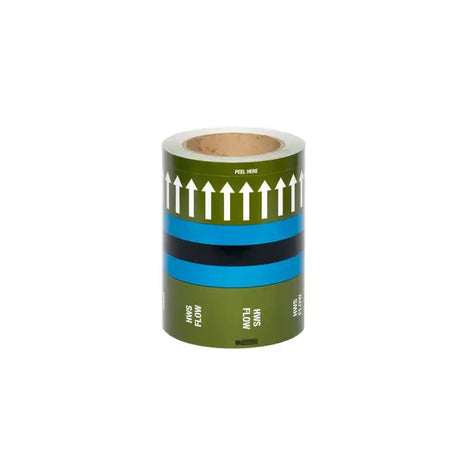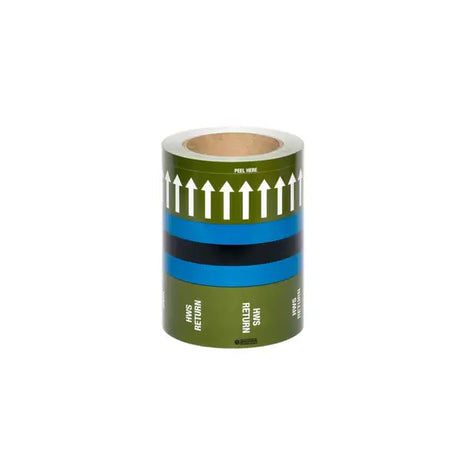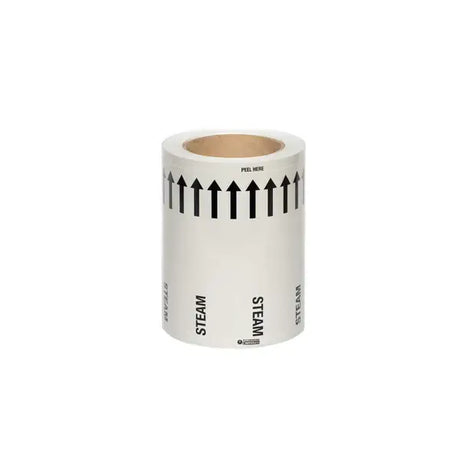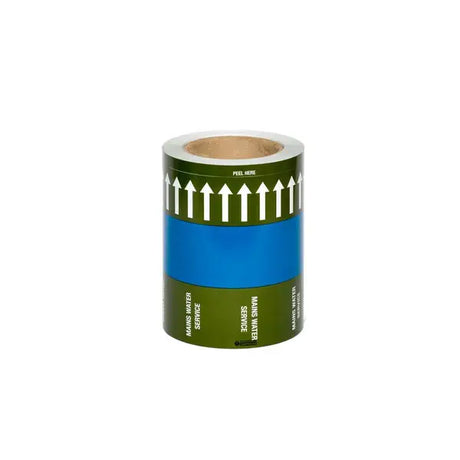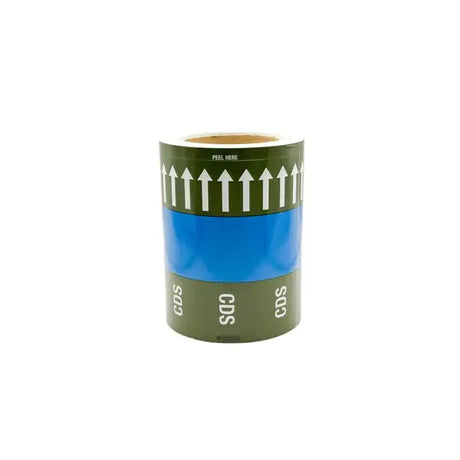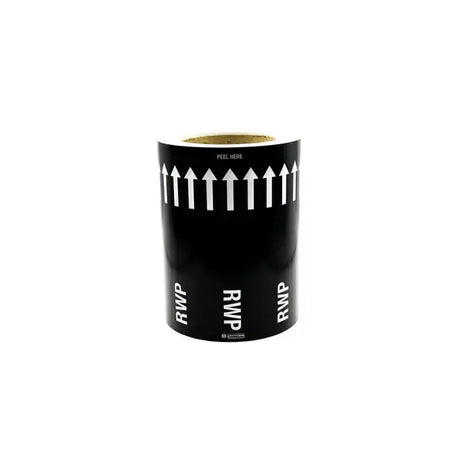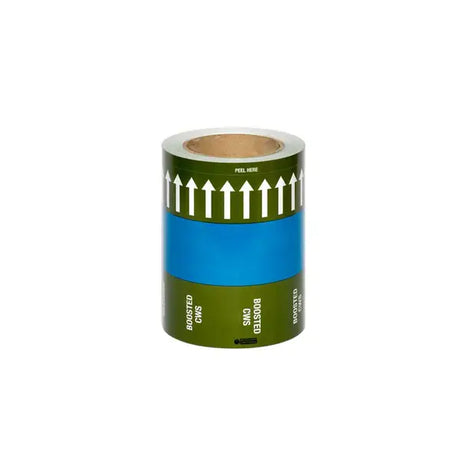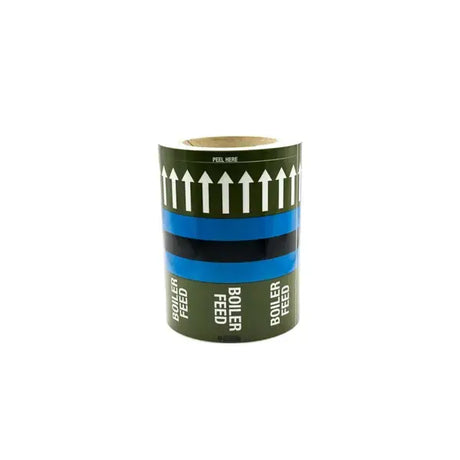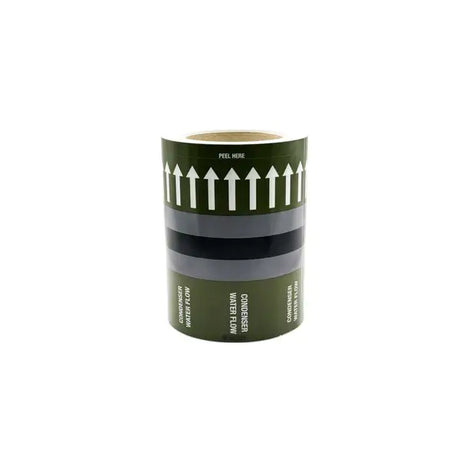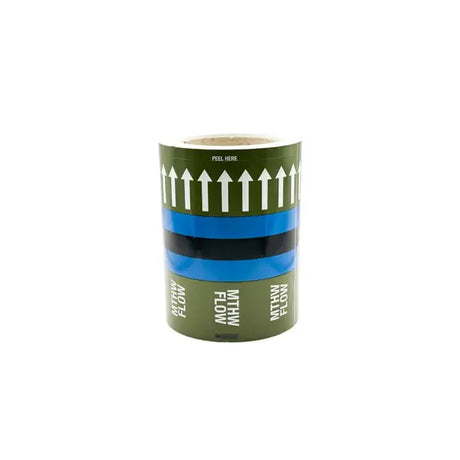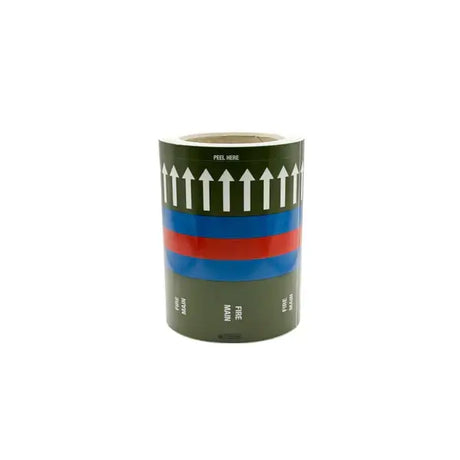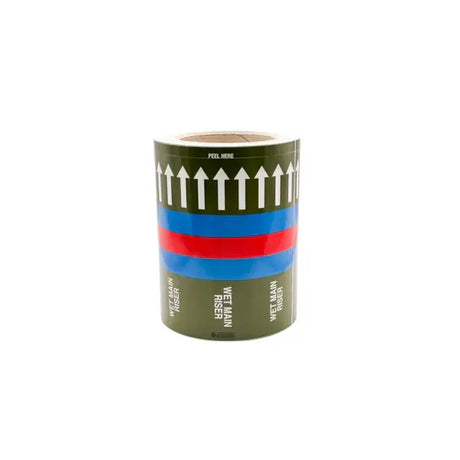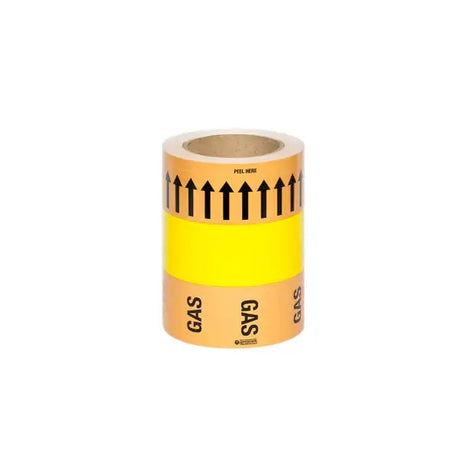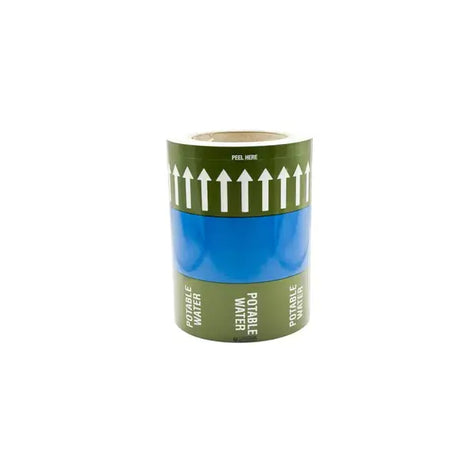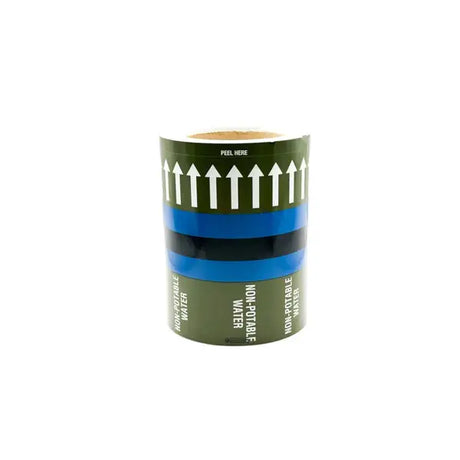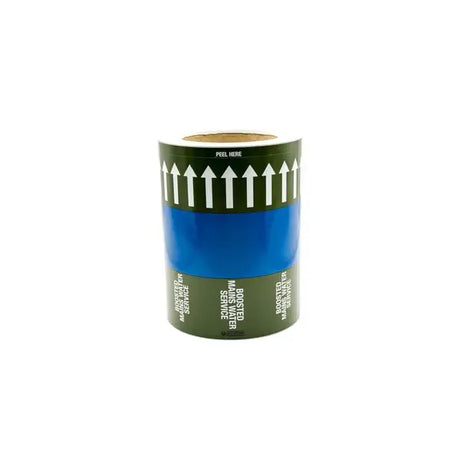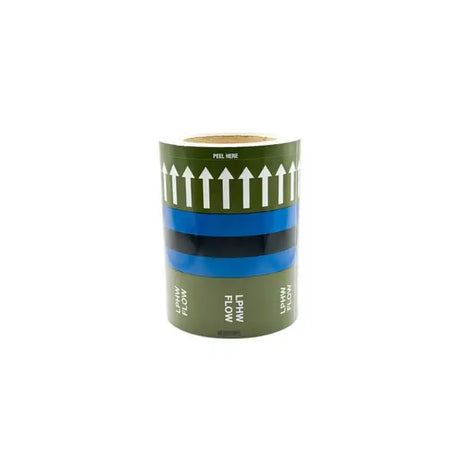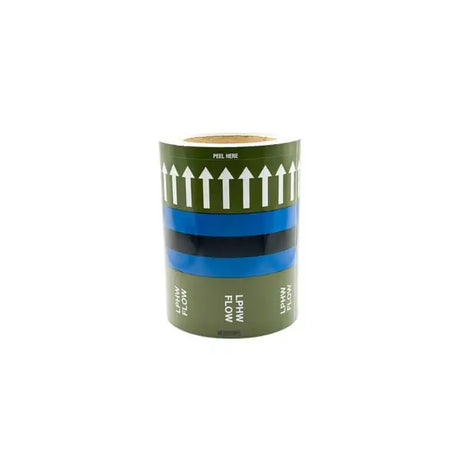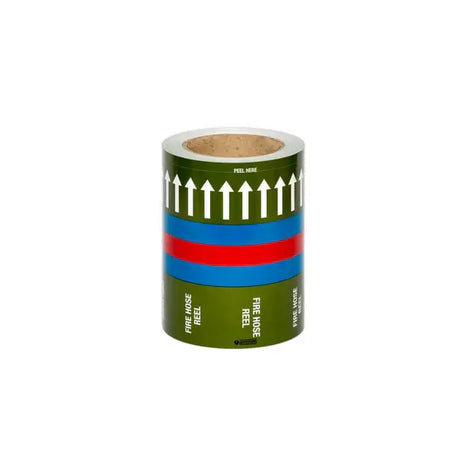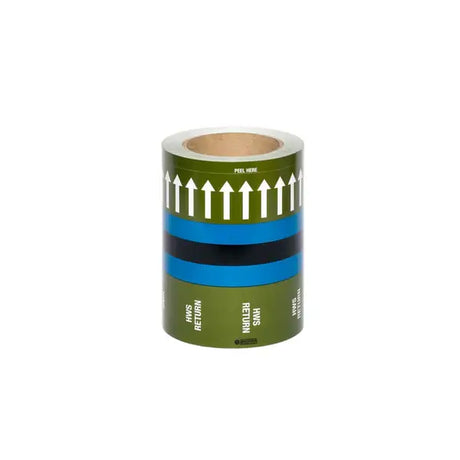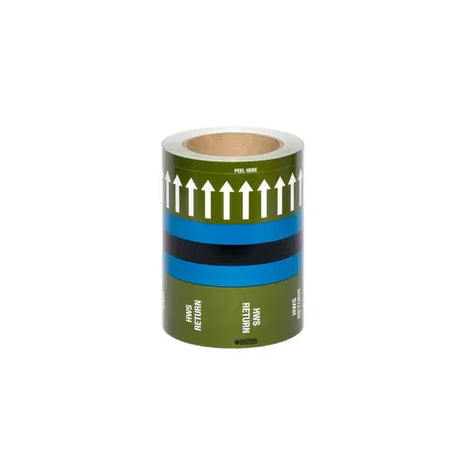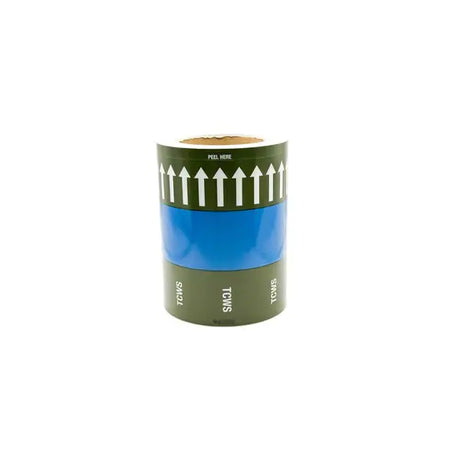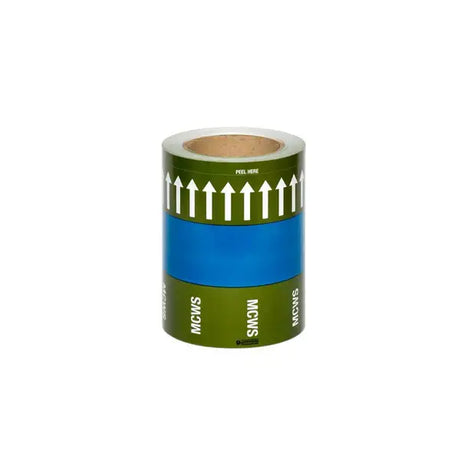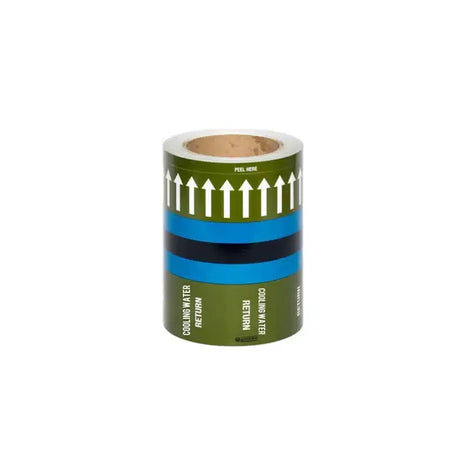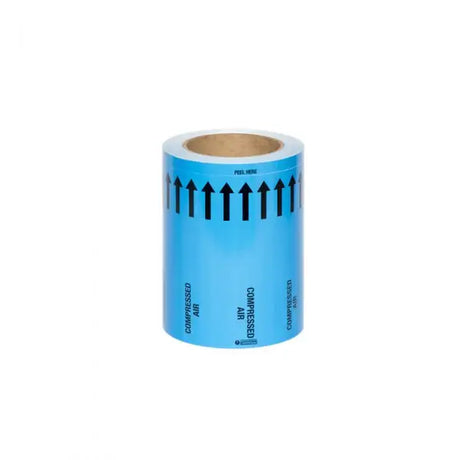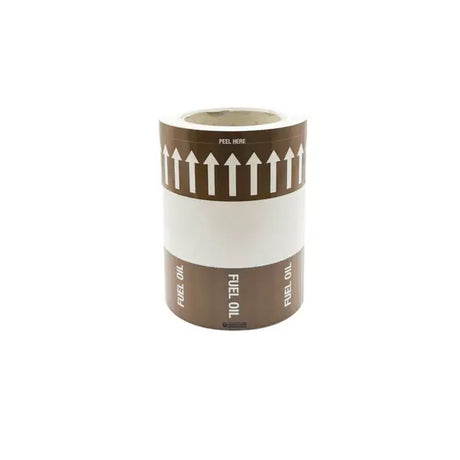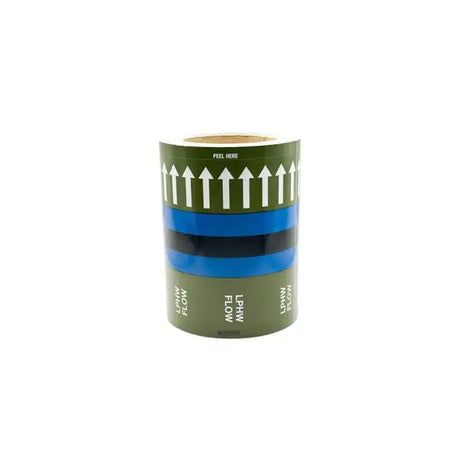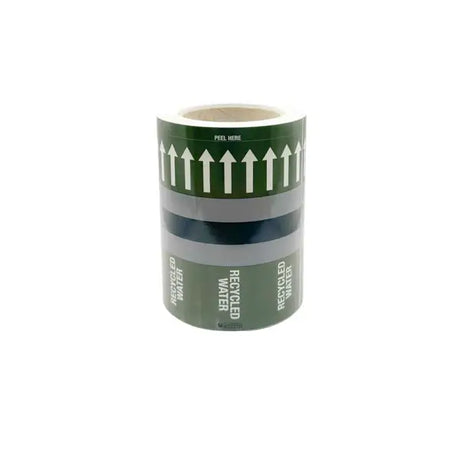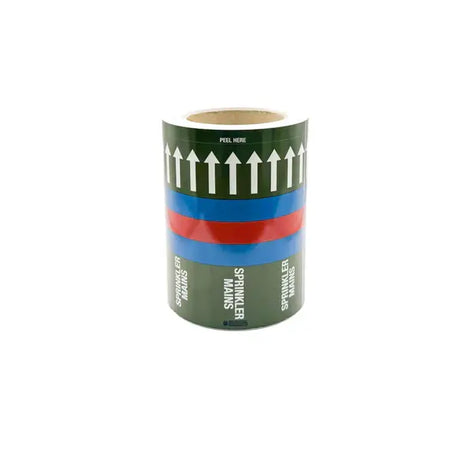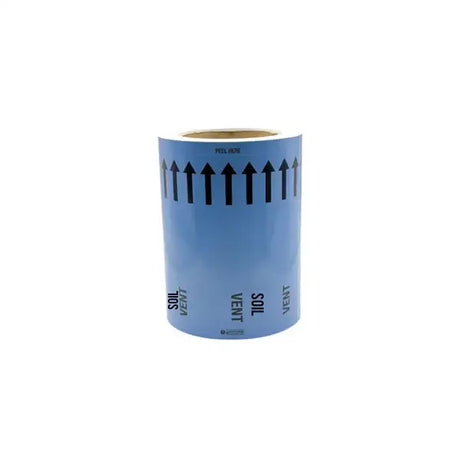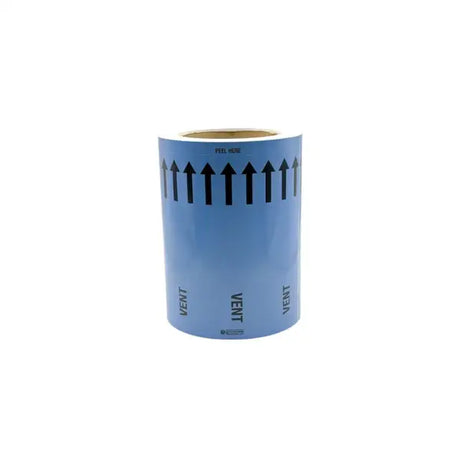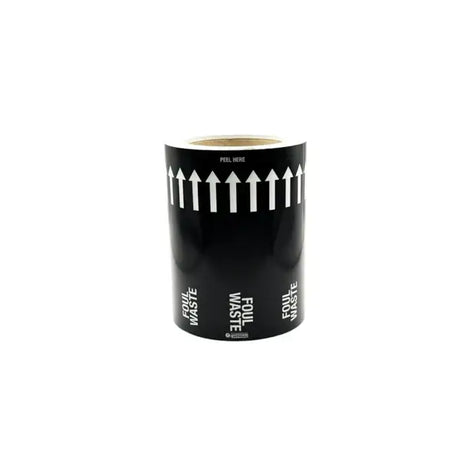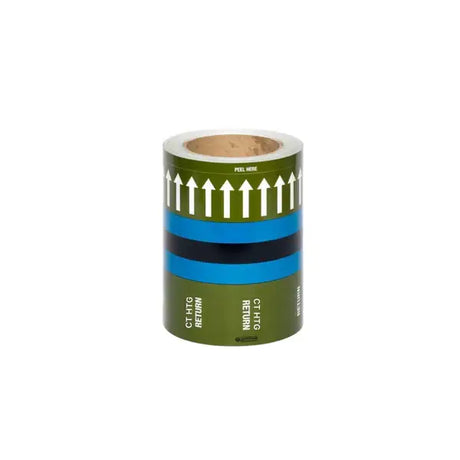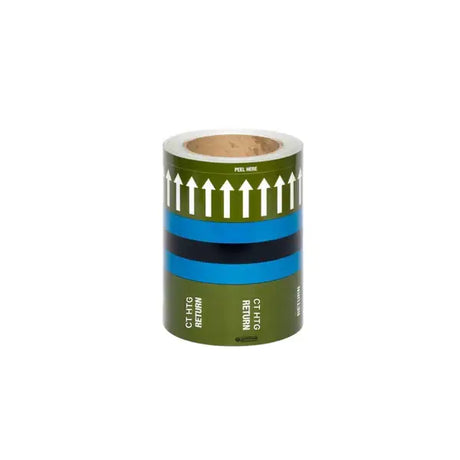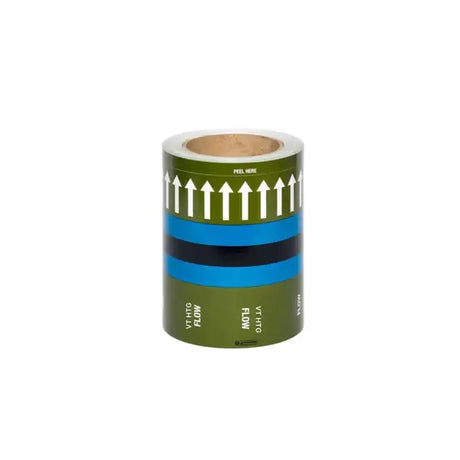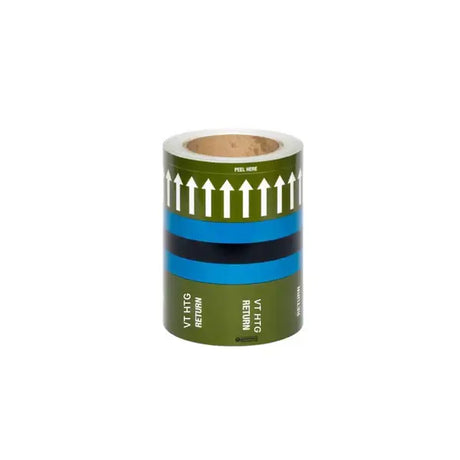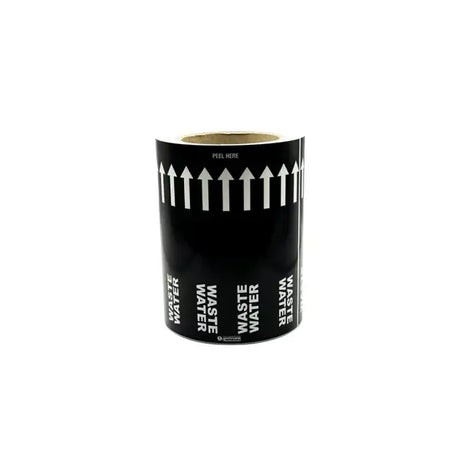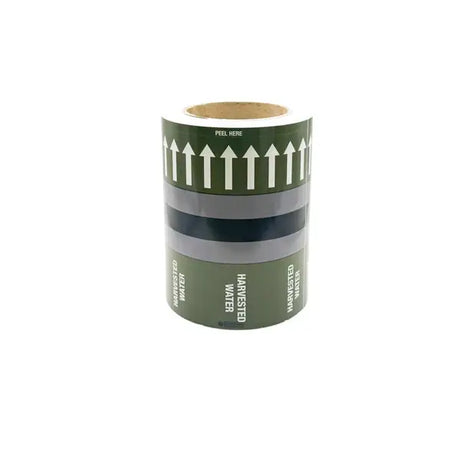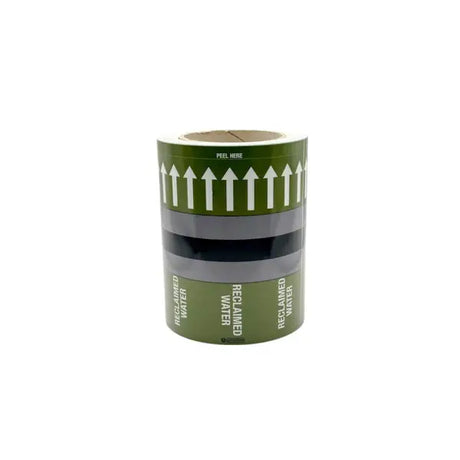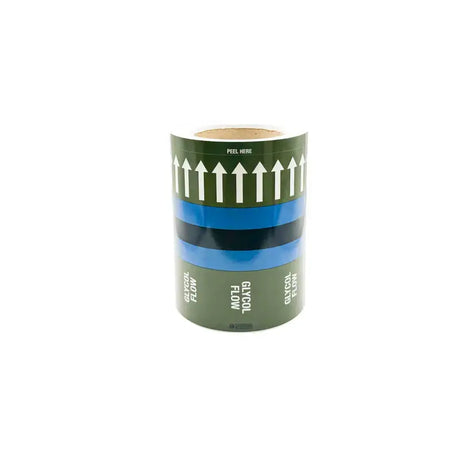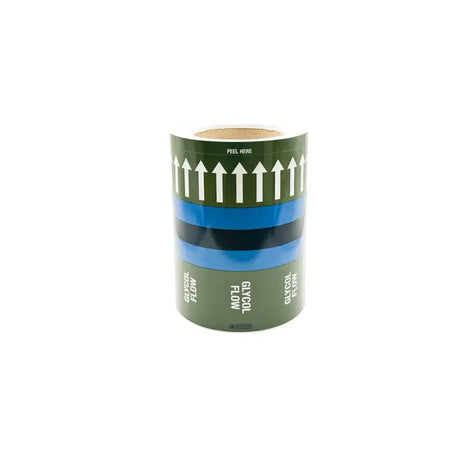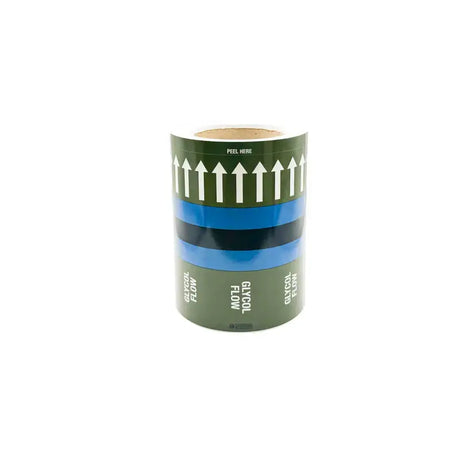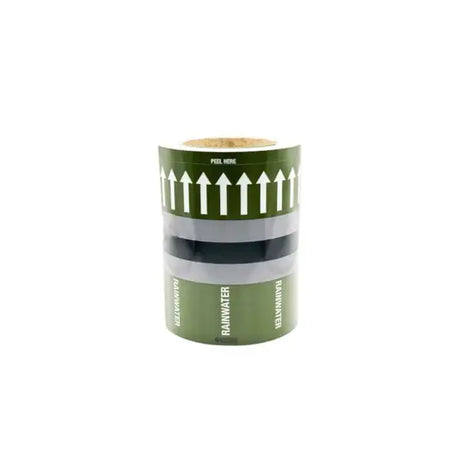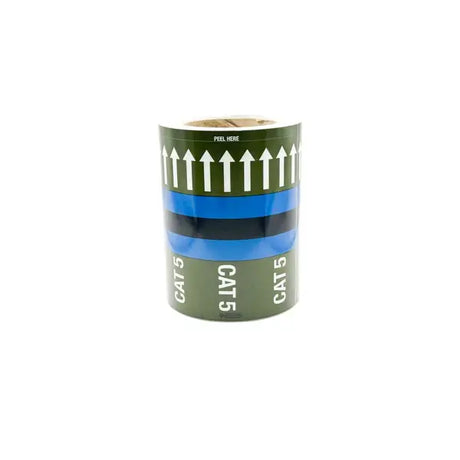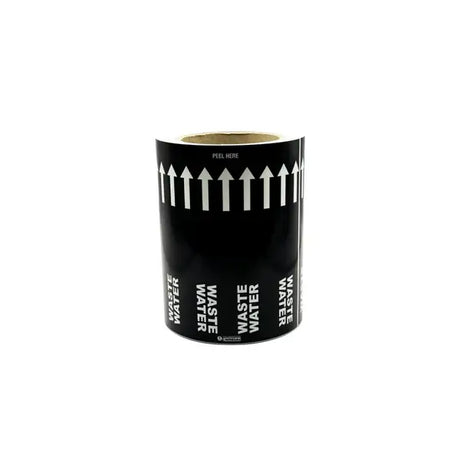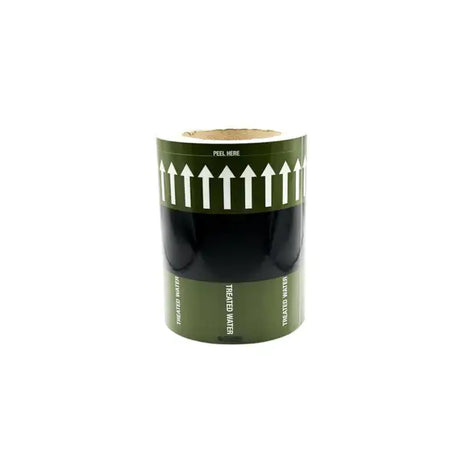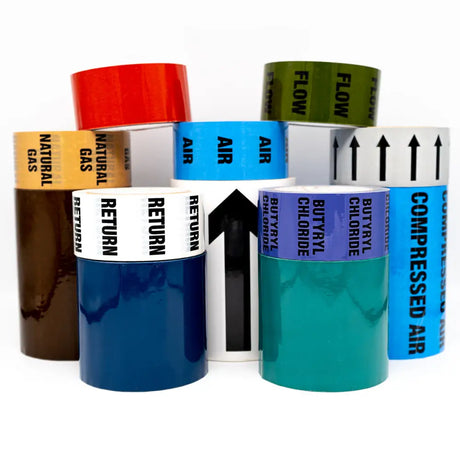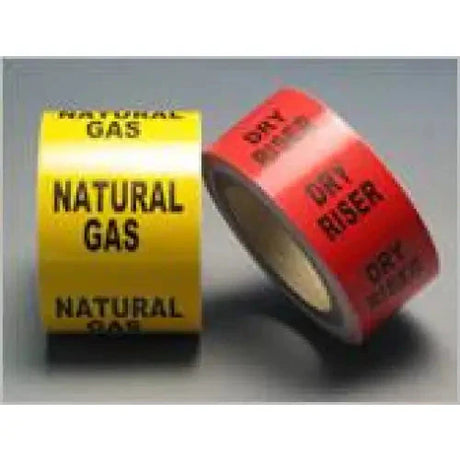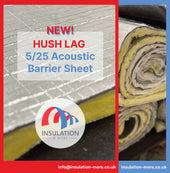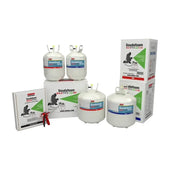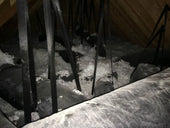Introduction
When it comes to energy efficiency and insulation, there are various types of materials and methods used to achieve the desired results. One such material is lagging insulation, which plays a significant role in the conservation of energy and reduction of heat loss. In this article, we will explore the concept of lagging insulation, its types, applications, benefits, and how to choose the right one for your needs.
What is Lagging Insulation?
Lagging insulation is a type of thermal insulation specifically designed for pipes, ducts, and other cylindrical or curved surfaces. It aims to reduce heat loss, increase energy efficiency, provide noise reduction, and enhance safety in various applications. This insulation material is typically applied around pipes or ducts, with the primary purpose of minimizing heat transfer between the fluid or gas inside and the surrounding environment.
Types of Lagging Insulation
There are several types of lagging insulation materials available in the market. Some of the most common ones include:
Mineral Wool
Mineral wool is a popular choice for lagging insulation due to its excellent thermal performance, fire resistance, and acoustic properties. It is made from natural minerals like basalt or diabase and can withstand high temperatures.
Fiberglass
Fiberglass is another commonly used lagging insulation material. It consists of fine glass fibres and is known for its lightweight, easy installation, and low cost. Fiberglass insulation also provides good thermal and acoustic performance.
Polyurethane Foam
Polyurethane foam is a versatile insulation material that offers excellent thermal resistance, making it suitable for lagging insulation applications. It is available in various forms such as rigid panels, spray foam, and flexible foams.
Calcium Silicate
Calcium silicate is a rigid insulation material that provides both thermal insulation and fire protection. It is often used for high-temperature applications like industrial pipelines and equipment.
Applications of Lagging Insulation
Lagging insulation can be used in various applications, including:
Industrial Pipelines
In industrial settings, lagging insulation is essential for reducing heat loss from pipes and ducts that transport steam, hot water, or other high-temperature fluids.
Domestic Heating Systems
Lagging insulation is commonly used in domestic heating systems, like central heating pipes and hot water cylinders, to reduce heat loss and improve energy efficiency.
HVAC Systems
Heating, ventilation, and air conditioning (HVAC) systems often employ lagging insulation to minimise heat transfer, improve energy efficiency, and reduce noise levels.
Cryogenic Tanks
Lagging insulation is also used in cryogenic tanks to maintain low temperatures and minimise
heat transfer, which is crucial for the safe storage and transportation of liquefied gases such as nitrogen, oxygen, and natural gas.
Benefits of Lagging Insulation
Lagging insulation provides several benefits, including:
Energy Efficiency
By reducing heat transfer and heat loss, lagging insulation significantly improves the energy efficiency of heating and cooling systems, leading to lower energy consumption and reduced utility bills.
Reduced Heat Loss
Lagging insulation helps to maintain the desired temperature in pipes and ducts, resulting in less heat loss and more consistent temperature control throughout the system.
Noise Reduction
Lagging insulation materials, such as mineral wool and fiberglass, have excellent acoustic properties. They can effectively dampen noise and vibrations, providing a quieter and more comfortable environment.
Safety Enhancement
By insulating high-temperature pipes and equipment, lagging insulation can protect workers from burns and other injuries associated with accidental contact. It can also reduce the risk of fires in industrial settings.
Installation and Maintenance
Proper installation of lagging insulation is crucial for its effectiveness. Installation typically involves wrapping the insulation material around the pipe or duct and securing it with straps, adhesive, or mechanical fasteners. It is essential to ensure that the insulation fits snugly around the surface, without gaps or air pockets.
Regular maintenance of lagging insulation is necessary to ensure its optimal performance. This may include inspecting for damage, cleaning the surface, and replacing damaged or deteriorated insulation.
Choosing the Right Lagging Insulation for Your Needs
Selecting the appropriate lagging insulation material depends on several factors, including the application, temperature range, and specific requirements such as fire resistance or acoustic properties. It is essential to consult with insulation professionals or manufacturers to determine the most suitable product for your project.
Conclusion
Lagging insulation is a vital component in many applications, from domestic heating systems to industrial pipelines. By reducing heat loss, improving energy efficiency, and providing additional benefits such as noise reduction and enhanced safety, lagging insulation is a valuable investment for both residential and commercial settings. To ensure optimal performance, it is crucial to choose the right insulation material for your specific needs and maintain it properly.
FAQs
- What is the difference between lagging insulation and regular insulation?
Lagging insulation is specifically designed for cylindrical or curved surfaces like pipes and ducts, whereas regular insulation is typically used for flat surfaces such as walls, floors, and ceilings.
- Can I install lagging insulation myself, or do I need a professional?
While some lagging insulation materials are relatively easy to install, it is recommended to consult with a professional to ensure proper installation and optimal performance.
- How much can I save on energy bills by using lagging insulation?
The amount of energy savings depends on the specific application and insulation material used. However, properly installed lagging insulation can significantly reduce heat loss and lead to lower energy consumption.
- How long does lagging insulation last?
The lifespan of lagging insulation depends on the material used and the conditions it is exposed to. Regular maintenance and inspection can help prolong the life of the insulation.
- Is lagging insulation environmentally friendly?
Many lagging insulation materials are made from recyclable or sustainable resources, making them an eco-friendly choice. Additionally, the energy efficiency improvements provided by lagging insulation can reduce greenhouse gas emissions.
- Do I need to insulate all pipes in my home or just specific ones?
It is generally recommended to insulate hot water pipes, central heating pipes, and any exposed pipes prone to freezing. Insulating all pipes can further enhance energy efficiency and provide additional benefits like noise reduction.
- What is the cost of installing lagging insulation?
The cost of installing lagging insulation depends on the type of material, the size and complexity of the project, and labour costs. It is best to consult with insulation professionals to get an accurate estimate for your specific requirements.
- Can lagging insulation be used in outdoor applications?
Yes, certain types of lagging insulation materials are suitable for outdoor applications. It is crucial to choose a material that can withstand the environmental conditions and provide adequate protection against moisture, UV radiation, and temperature fluctuations.
- What safety precautions should be taken when installing lagging insulation?
When installing lagging insulation, it is essential to follow the manufacturer's guidelines and wear appropriate personal protective equipment (PPE), such as gloves, safety glasses, and dust masks. Additionally, ensure adequate ventilation when working with insulation materials that may release dust or fumes.
- How do I know if my existing lagging insulation needs to be replaced?
Regular inspections can help identify signs of wear or damage, such as gaps, tears, or moisture intrusion. If the insulation appears to be in poor condition or no longer provides adequate thermal performance, it may be necessary to replace it with new insulation material.

